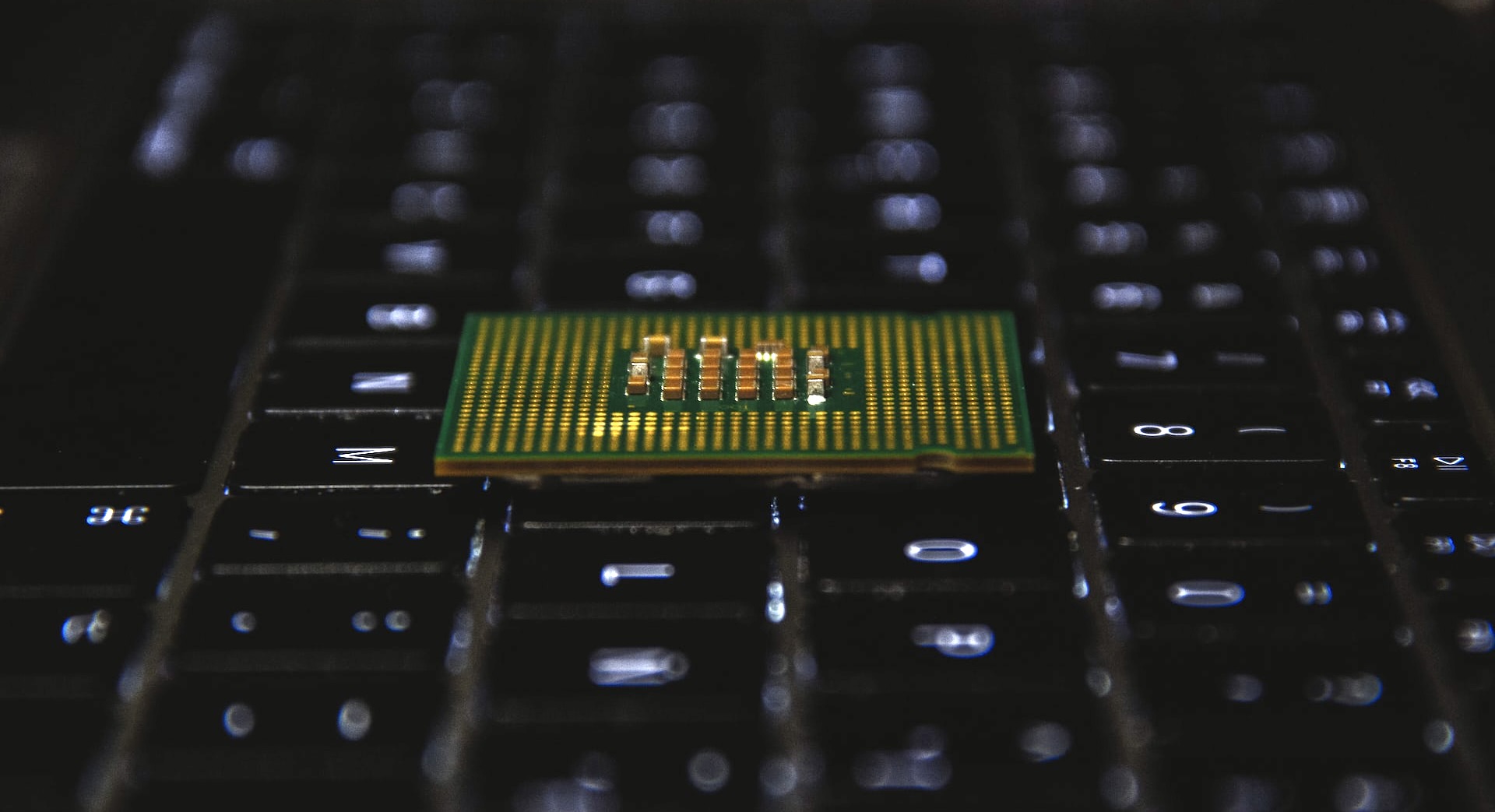Quantum Machine Learning has the potential to revolutionize the world of AI. Here is a guide for you to get started with this practice.
Quantum Machine Learning is a rapidly growing field. It combines the power of quantum computing with the capabilities of Machine Learning.
Why merge these two fields?
The downside of Machine Learning is simple: training a model is expensive in terms of time and computing resources.
On the other hand, quantum computing makes it possible to perform calculations more easily and quickly than with a classical approach.
The advantage of one corrects the flaw of the other.
This is why combining quantum computing with Machine Learning has the potential to revolutionize Artificial Intelligence and Data Science industry.
In this article, I propose to explore what Quantum Machine Learning is. We’ll see the Python libraries that you can use right now to practice it. And finally, we’ll talk about the future of this rapidly growing field!
Let’s start right now! 😎
What is Quantum Machine Learning?
Quantum Machine Learning is a subfield of Machine Learning that uses quantum computing to perform certain tasks more efficiently than classical computers.
Quantum computers work by following the principles of quantum mechanics.
This allows them to perform calculations in parallel. Simply put, they can make multiple calculations at the same time.
A huge time saver! ⏳
Let’s talk a bit more about bits, to understand all of this.
Quantum computing…
In traditional computers, bits are the basic units of information that are used to store and process data.
A traditional bit can either be a 0 or a 1.
This means that at any given time, a bit can only represent one of these two values.
Conversely, a quantum bit (qubit) in a quantum computer can be both a 0 and a 1 simultaneously.
This is called superposition 📚
Superposition in quantum computing means that a qubit can represent multiple values at the same time.
For example, if a qubit is in a superposition of 0 and 1, it can be considered to represent both 0 AND 1.
This allows quantum computer to perform multiple calculations at the same time.
How?
Let’s take an example.
Let’s imagine that a quantum computer has two qubits in a superposition of 0 and 1.
In this case, it can perform two different calculations at the same time using these qubits.
Indeed, each qubit can represent 0 and 1 simultaneously, so that the two qubits can represent a total of four different combinations of 0 and 1:
- 00: This corresponds to the state where both qubits are 0.
- 01 : This corresponds to the state where the first qubit is 0 and the second is 1.
- 10 : This corresponds to the state where the first qubit is 1 and the second is 0.
- 11: This corresponds to the state where both qubits are 1.
Each of these states can be used to represent a different computation, depending on the problem the quantum computer is trying to solve.
Similarly, if a quantum computer has three qubits in a superposition of 0 and 1, it can perform eight different calculations at the same time.
This is because each qubit can represent both a 0 and a 1. Since there are three qubits, the three qubits can represent a total of eight different combinations of 0 and 1 :
- 000
- 001
- 010
- 011
- 100
- 101
- 110
- 111
… applied to Machine Learning
In Machine Learning, bits are used to represent the data used to train and evaluate the models.
For example, in a supervised learning task, a Machine Learning model is trained on a dataset.
This dataset consists of input data (called features) and output data (called labels).
The input data is represented by a series of bits. Each bit represents a feature or a specific attribute of the data.
The output data is also represented as a series of bits. Each bit representing a class or label.
During training, the Machine Learning model receives the input and output data. It uses them to learn a set of rules.
This operation also requires bits, for example, to store the intermediate results and the final result of the calculation.
Once the model trained, it is used to make predictions on new data. It makes these predictions by applying the rules it has learned.
Overall, bits are an essential component of Machine Learning, as they are used to represent the data used to train and evaluate Machine Learning models.
But the emergence of quantum computers changes the game.
Their computing power, tenfold compared to traditional computers, allows them to perform several calculations at the same time.
Thanks to superposition, the ability for a qubit to be both 0 and 1, the qubit can represent multiple values at the same time.
This enables quantum computers to store more data in a smaller space than traditional computers, which can only store one value (either a 0 or a 1) in each bit.
By the way, if your goal is to master Deep Learning - I've prepared the Action plan to Master Neural networks. for you.
7 days of free advice from an Artificial Intelligence engineer to learn how to master neural networks from scratch:
- Plan your training
- Structure your projects
- Develop your Artificial Intelligence algorithms
I have based this program on scientific facts, on approaches proven by researchers, but also on my own techniques, which I have devised as I have gained experience in the field of Deep Learning.
To access it, click here :
Now we can get back to what I was talking about earlier.
Quantum Machine Learning benefits
Here is a few benefits that quantum computing can bring to Machine Learning:
- Speed: Quantum computers can perform multiple calculations at the same time. This allows them to solve certain types of problems much faster than traditional computers.
- Efficiency: Quantum computers can perform certain types of calculations much more efficiently than traditional computers, saving time and resources.
- Accuracy: Quantum Machine Learning algorithms can be more accurate than classical algorithms because they can explore a larger number of possible solutions simultaneously.
- Scalability: Quantum computers can scale to large problems more easily than traditional computers, because they can store more data and compute faster.
There are several approaches to Quantum Machine Learning, including Quantum Neural Networks (QNN), Quantum Support Vector Machines (QSVM) and Quantum Reinforcement Learning (QRL).
Now let’s see how to do Quantum Machine Learning in Python! 🐍
Python libraries for Quantum Machine Learning
Here is a list of the main Quantum Machine Learning libraries in Python:
- TensorFlow Quantum (TFQ) provides tools for building and training QML models using a combination of classical Machine Learning techniques and quantum circuits. TFQ is designed to be easy to use and to integrate with the rest of the TensorFlow ecosystem. On top of that, it provides a number of pre-trained QML models that can be used easily.
- PennyLane is an open-source QML library designed for use with a range of quantum computing hardware, including gated quantum computers, quantum simulators and quantum recyclers. PennyLane provides tools for training and using Quantum Neural Networks and other QML algorithms.
- Qiskit is an open-source quantum computing framework developed by IBM that provides tools for building and running quantum algorithms, as well as a number of pre-trained algorithms for tasks such as optimization and QML.
- Strawberry Fields developed by X, the research division of Alphabet. Strawberry Fields provides tools for training and using QML models, as well as a number of pre-trained algorithms for tasks such as quantum classification and quantum unsupervised learning.
When you use these libraries on your normal (non-quantum) computer, Python will simulate quantum.
Hence, you should keep in mind that the results of a simulation will not fully reflect the actual performance of the algorithms on a quantum computer.
Simulating quantum algorithms on classical computers can also be computationally intensive.
So why use QML on a classical computer?
Well, with it you can easily create a prototype of a quantum algorithm, debug a program or simply get acquainted with QML!
Current limitations (2023)
Quantum Machine Learning has several limitations that are important to consider:
- Availability: Quantum computers are still relatively rare and expensive, making it difficult for many organizations to access and use them.
- Hardware Noise: Quantum computers are prone to errors due to hardware noise, which can make it difficult to obtain accurate results. Hardware noise refers to unwanted interactions between the quantum computer and its environment that can affect the quantum state of the system.
- Limited algorithms: The number of quantum algorithms that have been developed is still relatively small, and many of them are not well suited for Machine Learning tasks.
- Lack of software infrastructure: There is currently a lack of software infrastructure for the development and execution of QML algorithms, which can make it difficult for researchers and professionals to use quantum computers for Machine Learning tasks.
- Lack of understanding: There is still a lack of full understanding of how QML algorithms work and what their capabilities and limitations are, making it difficult to predict their impact and democratization.
What to expect in the future
At the time I am writing these lines, Quantum Machine Learning is still a new field.
There are no practical applications of QML deployed in the real world yet.
However, a number of promising attempts and Proof-of-Concepts (PoC) have demonstrated the potential of QML.
For example, researchers have used QML algorithms to solve optimization problems that are known to be difficult, if not impossible, to solve by traditional algorithms.
In one study, an QML algorithm was able to find the global minimum of a complex cost function with over 10,000 variables.
A feat that a classical algorithm could not have done in an acceptable time.
Further researchers have used QML algorithms to classify images and perform other tasks commonly used to evaluate classical Machine Learning algorithms.
In these studies, the quantum algorithms were able to perform the tasks faster and more accurately than the classical algorithms.
Although Quantum Machine Learning is still in its early hours, it has the potential to revolutionize the way we approach a large set of Machine Learning problems.
I believe that over time quantum computers will become more widely available and easier to use.
What happens next could occur as follows:
- Easier access of quantum computer
- Increased research and development in the field of QML
- Creation of new algorithms and techniques to solve complex Machine Learning tasks
- Applications of QML in real-world domains such as healthcare, finance, etc.
I hope you enjoyed this article!
Soon, we’ll offer you some tutorials to introduce you to QML libraries.
See you soon on Inside Machine Learning 😉
One last word, if you want to go further and learn about Deep Learning - I've prepared for you the Action plan to Master Neural networks. for you.
7 days of free advice from an Artificial Intelligence engineer to learn how to master neural networks from scratch:
- Plan your training
- Structure your projects
- Develop your Artificial Intelligence algorithms
I have based this program on scientific facts, on approaches proven by researchers, but also on my own techniques, which I have devised as I have gained experience in the field of Deep Learning.
To access it, click here :




